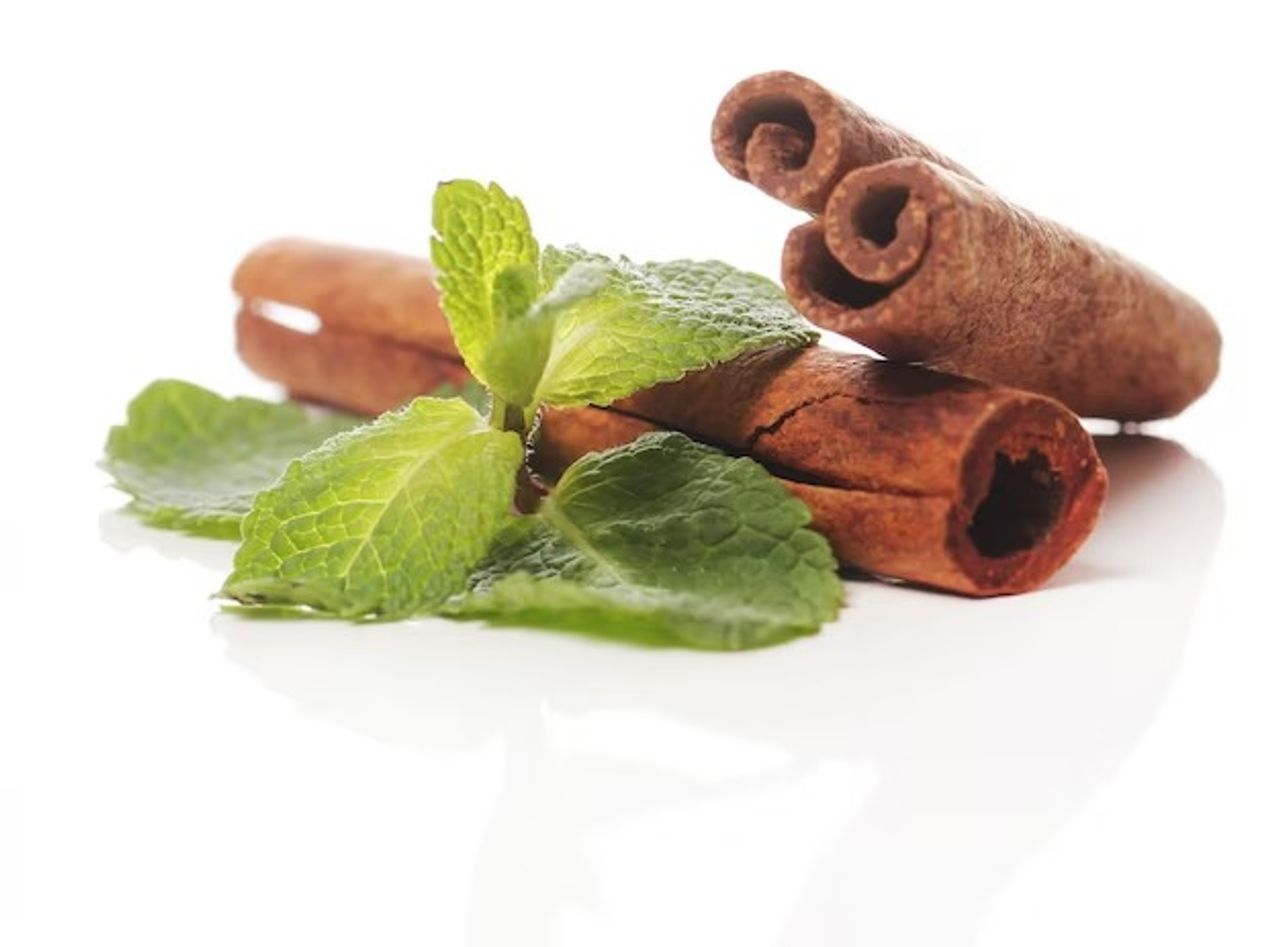"The Science of Taste Transformation in Ayurveda: Understanding Sweet, Sour, and Pungent Flavors"
Understanding Vipaka: The Three Transformations of Taste in Ayurveda
The substance undergoes three types of transformation post digestion, characterized by sweet, sour, and pungent tastes.
Description of Vipaka: Despite a substance being composed of various tastes, its transformation post digestion occurs in three types:
- Sweet
- Sour
- Pungent
Explanation: Generally, after the digestion of all types of substances with different tastes, it can be determined by inference that the substance undergoes one of the above-mentioned three types of transformation. For instance, substances with sweet and salty tastes transform into sweet, those with sour taste transform into sour, and substances with bitter, pungent, and astringent tastes transform into pungent. Sage Charaka has also described this topic in his Samhita as:
"The knowledge of tastes is acquired by the contact of the tongue, and the knowledge of transformation occurs after the completion of digestion." (Charaka Samhita, Sutrasthana 26/66)
This means that the knowledge of tastes is obtained through contact with the tongue, and the knowledge of transformation is obtained by observing the effects of digestion on doshas and dhatus, either increasing or decreasing them. The knowledge of virya (potency) is obtained directly through observation and inference.

Conclusion: The knowledge of tastes is acquired through contact with the tongue, the knowledge of transformation is observed by its effects post-digestion, and the knowledge of virya is acquired through direct observation and inference. Further elaboration on this topic can be found in Charaka Samhita, Sutrasthana 26/67-68, and 40/10-12, as well as Charaka Chikitsa Sthana 15/9-11 and Sharangadhara Samhita Purva Khanda 6/1-2.
References: Ayurveda, Ashtanga Hridaya, Sutrasthana, Dravya (substance), Vipaka (transformation post digestion)
Ayurveda, Vipaka, Transformation post digestion, Sweet taste, Sour taste, Pungent taste, Charaka Samhita, Doshas, Dhatus, Virya, Ayurvedic principles, Digestion process, Health benefits




